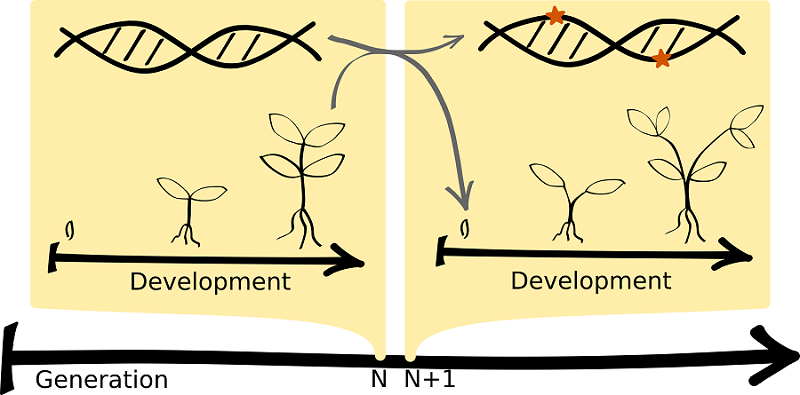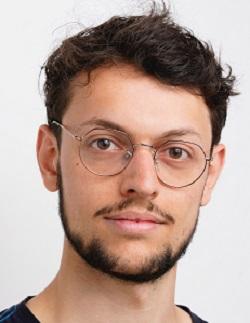Research Interests
How does a single cell with a single manual of instructions grow out to be a collection of billions of cells all working together, tightly regulated, while still using this same manual? And how do changes in this manual, the DNA, result in a novel, but still viable, set of instructions? How can processes acting on vastly different timescales, development of single cells over hours, and evolution over the course of many generations, influence one another? These questions are examples of the driving factors of my curiosity. In a more summarised fashion, I could describe this as a single overarching question: ”how do developmental processes evolve?”.
My PhD
Within my PhD I will touch upon some more detailed questions contributing to our understanding of evolving developmental processes: How do new phenotypes emerge? What did ancestral genomes look like? How do genomes evolve? To address these questions I will mainly focus on the evolution of the Shoot Apical Meristem in angiosperms.
Using a computational evolution framework, which was made with Renske Vroomans, I can simulate the development of thousands of individuals for thousands of generations giving a high resolution view on the interplay between development and evolution.
Using mathematical models to simulate thousands of individuals over thousands of generations, it is possible to study in detail how, over evolutionary time, the accumulation of mutations leads to new developmental programs that make new phenotypes. Graphic by Pjotr van der Jagt.
Background
I studied Biomedical Sciences and Computational Sciences at the University of Amsterdam (UvA). During my studies I mainly focused on genetics and computational biology, so ending up in the Vroomans group for my PhD seems like the perfect intersection between these interests. Besides doing research I really enjoy teaching and have experience in teaching high school classes chemistry and working as TA statistics at the UvA. Currently I am involved as a demonstrator in mathematical biology.


